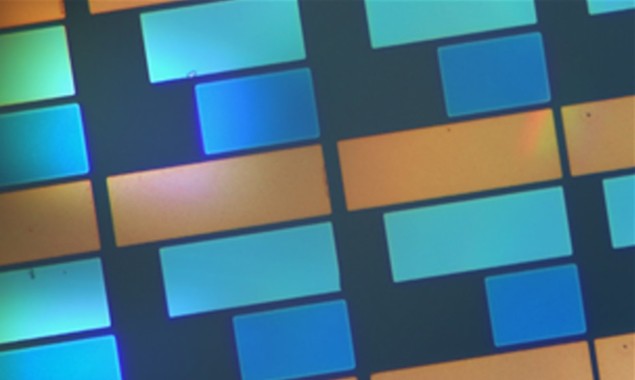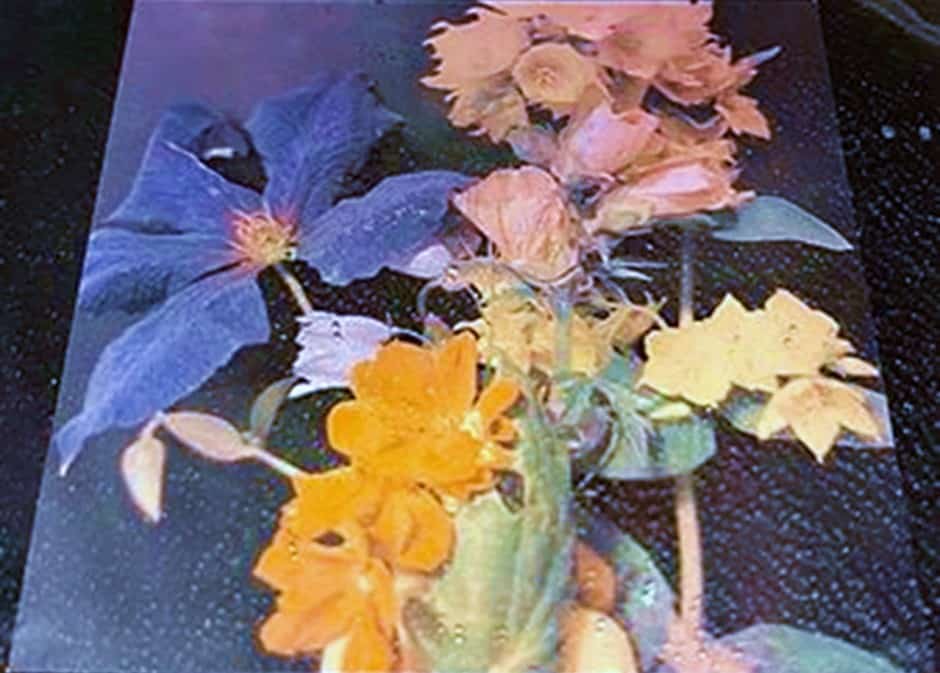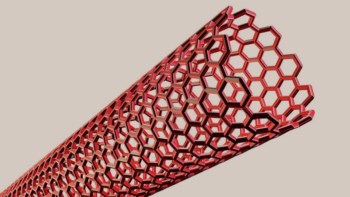
Video-speed switching of structural colour has been achieved by researchers at Chalmers University of Technology in Sweden and the UK’s University of Cambridge. The technology could be further developed to create low power video displays.
The team, led by Andreas Dahlin, created their reflectance-based digital displays by controlling structural colour and broadband switching in a conductive polymer. The devices could offer an eye-pleasing and low-energy alternative to light-emitting displays.
Easy to view
Electronic paper is easy to view and uses little energy because it works by reflecting ambient light rather than by emitting its own light. However, the technology currently has limited colour range and low switching speed. As a result, it is used in applications such as ebook readers and labels where speed and visual impact are not required.
In a conventional colour display, the wide spectrum of projectable colour arises from the combination of subpixels that emit red, green and blue (RGB) light. One way forward for creating colour in electronic paper could be to use structural colour to create RGB subpixels.
Structural colour arises from the wavelength-specific reflection of light from nanostructured metamaterials. This is different to conventional colour, which arises from the absorbance of light by dyes. As a result, structural colour is ideal for creating coloured subpixels.
RGB and gold
Dahlin and colleagues created metamaterials consisting of ordered nanoparticles on top of thin alumina or aluminium films, that are then coated with an ultrathin gold layer. The resulting nanostructures have a large surface area and enhanced optical contrast. The structures are then coated with an opacity-changing conjugate polymer top layer, which is used to control brightness and visibility. While it is possible to fabricate the nanostructures on flexible substrates, the team’s research focused on devices based on glass substrates.
The resonance of light in the structure causes the reflectance of RGB light, with no need for energy-intensive light-emitting components. By adjusting the thickness of the gold layer and the underlying thin film, the high intensity RGB colouration can be seen from any angle. This is shown in the top figure, which is a magnified image of the subpixels.
Polymer shutters
To control the display, the opacity of the conjugated polymer covering individual subpixels can be changed from black to transparent to create the desired colour image. The polymer is black in its polymerized state and transparent when its monomers are oxidized. Switching between the two states is done using an electrical current in a process called electropolymerization, which involves the transport of ions within the polymer.

By regulating critical parameters in the switching operation – including the switching voltage, choice of ions, ion movement and monomer oxidation – the researchers achieved a switching speed of 10–50 ms. This speed combined with good optical contrast would not have been possible without using metamaterial nanostructures for structural colour because they significantly aid ion mobility.
Previous devices that used electropolymerization have much longer switching times, which cause unwanted reactions that degrade the polymer shutters. This is not a problem with the new devices, which can switch more than ten million times with no loss in contrast. The energy needed for switching is only 7 mW/cm2, which is even lower than for efficient OLED displays. What is more, because the device is stable between switches, the device needs miniscule energy to maintain a static image.

Nanostructures make brighter e-reader displays
While the team has yet to build a fully functioning display using their technology, as a proof of concept they used lithography to pattern subpixels to display a full-colour digital photo, as shown in the second figure. The next step for Dahlin and colleagues is creating a functional display, and this will involve integrating transistors that will control the individual switching of the subpixels. The team is also searching for more efficient ways to produce the metasurfaces by wasting less gold.
The research is described in Advanced Materials.



